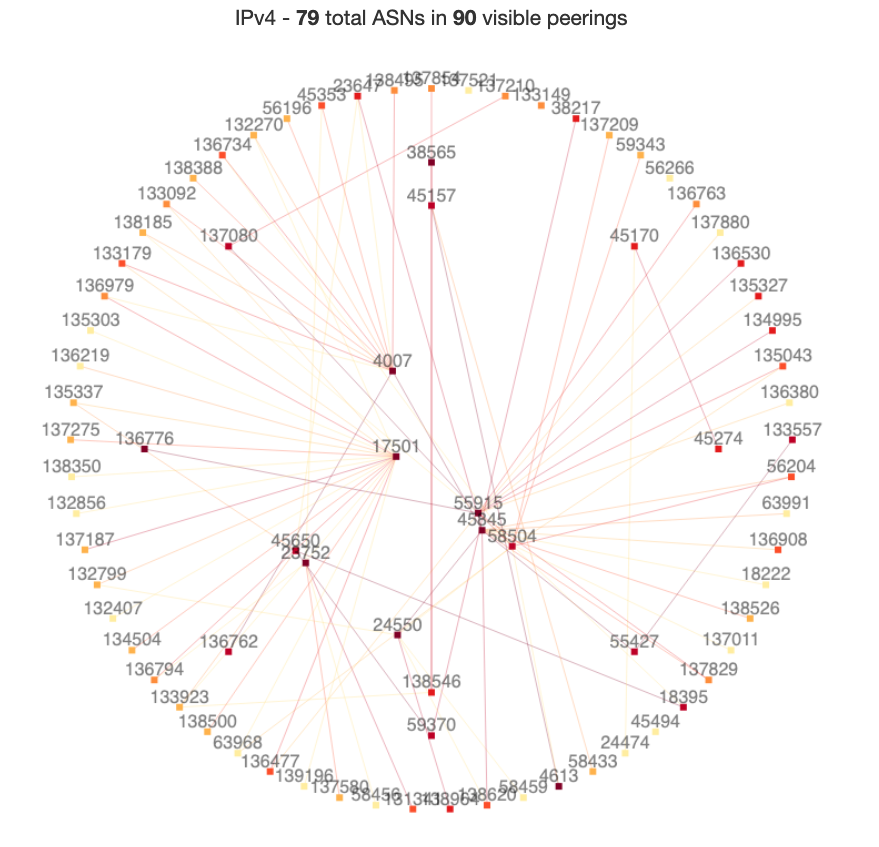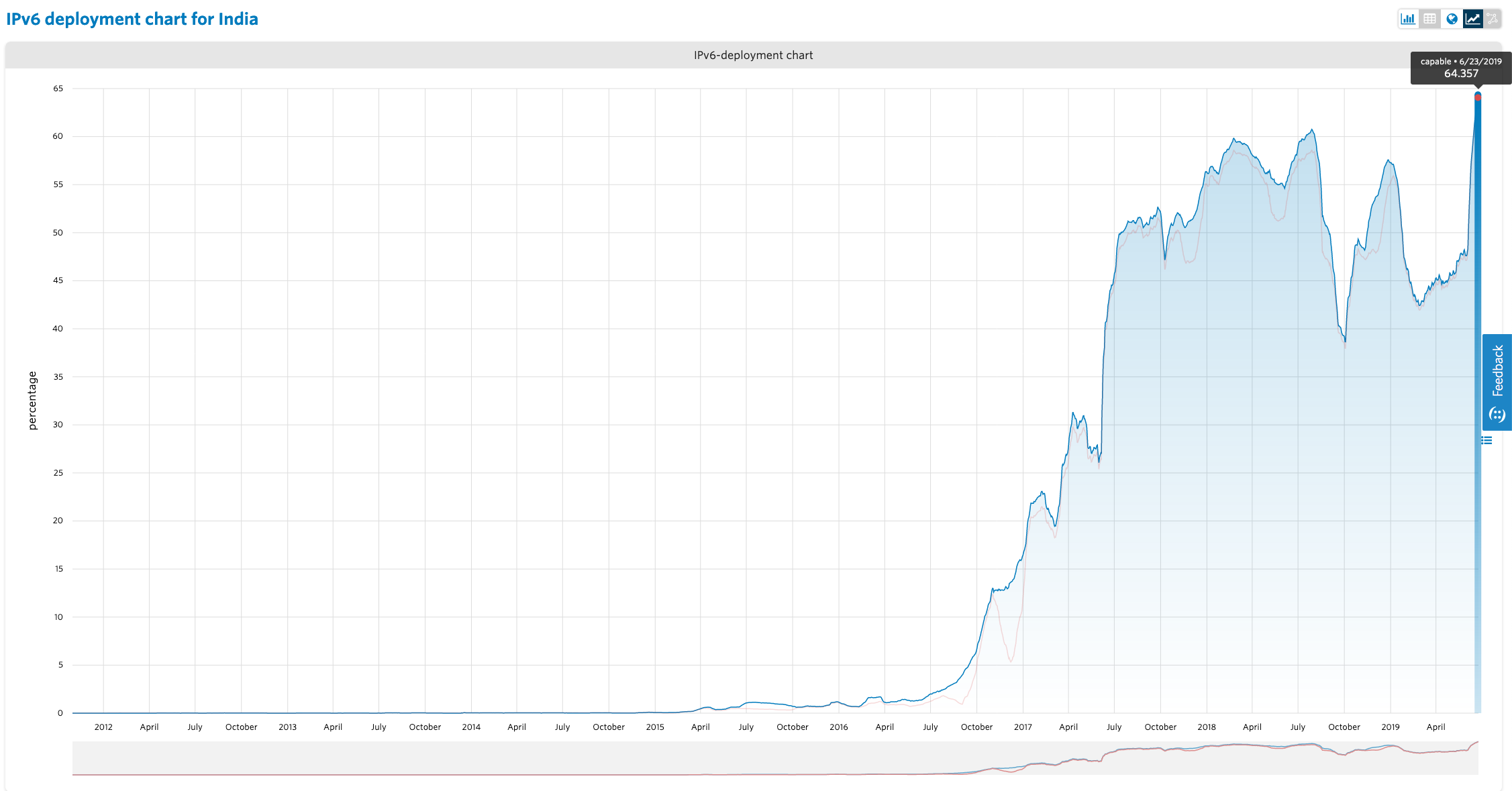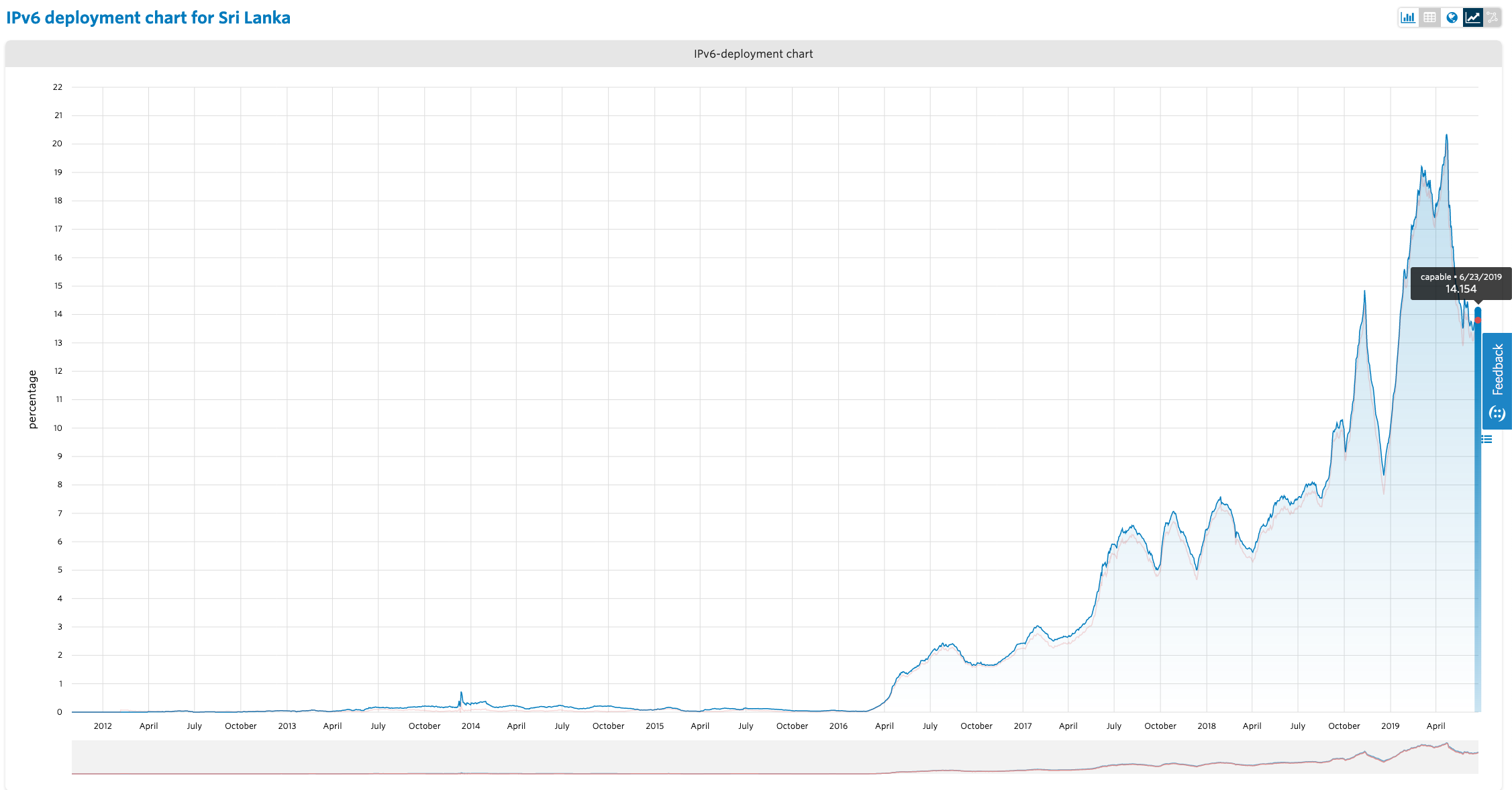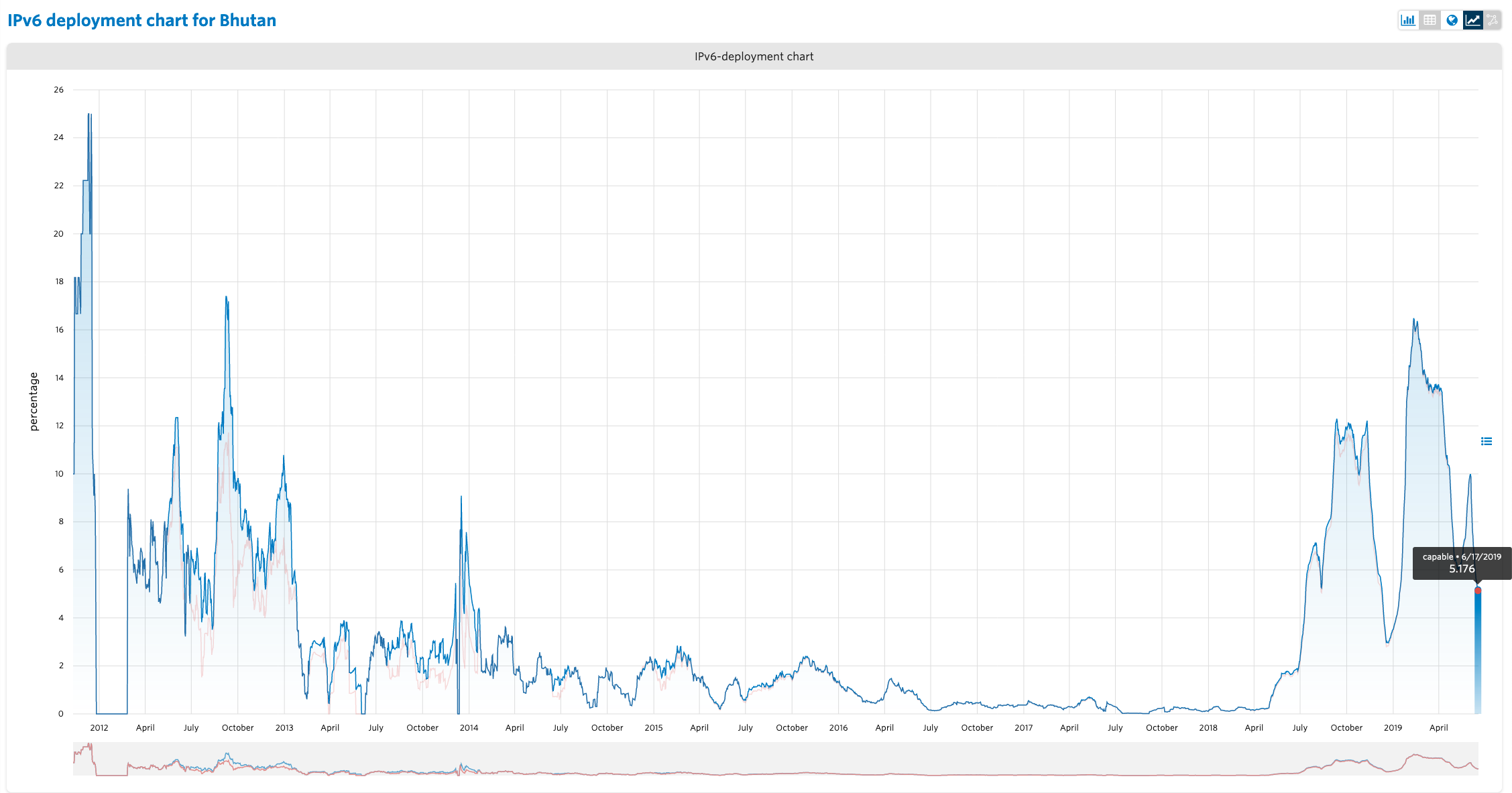
APNIC Sub-regional Resource Updates are periodic blogs on resource delegation trends in a specific APNIC sub-region, featuring interactive data from the APNIC Internet Directory.
South Asia is a fast-growing region, which encompasses the Indian subcontinent (Bangladesh, Bhutan, India, Nepal, Pakistan and Sri Lanka), islands of the eastern Indian Ocean (the Maldives and British Indian Ocean Territory) and the APNIC region’s westernmost economy, Afghanistan.
South Asia is also home to one of the APNIC region’s seven NIRs, IRINN.
Let’s start by looking at ASNs in this sub-region.
ASNs
Nearly 4,000 AS numbers are allocated to Members in South Asia. 2,601 (65.4%) of those are in India, followed by Bangladesh with 909, and Pakistan with 215 ASNs.
If you look at just this calendar year, however, you can see consistent growth in Bangladesh each month, leaving it with a similar amount of allocated ASNs to date as India (check the Cumulative box on the chart below to see the totals). Pakistan also appears to be consistently adding two to three ASNs each month.
Peering
While India, Bangladesh and Pakistan hold the most ASNs in the sub-region, can we also expect that these economies are the most densely interconnected? If we look at the number of visible BGP adjacencies per ASN, these three economies still lead the sub-region, but with Pakistan in front (1.38 adjacencies per ASN), followed by India (1.27) and Bangladesh (1.19).
An interesting case in this subregion is Nepal , which has 1.13 visible BGP adjacencies per ASN, and as the vizAS graph shows, appears to have quite a decentralized peering environment, with no one ASN serving an overwhelming majority of downstream peers.

Figure 1 — vizAS peering graph for Nepal as of June 26, 2019. (Click image to explore chart)
IPv4
For the sub-region’s 1.8 billion people, there are about 186,000 /24 blocks allocated — just under 48 million IPv4 addresses. That’s about one IPv4 address per 37 people!
IPv6 is clearly the only foreseeable way to practically cater for the population in this sub-region in the future.
IPv6
While India holds 74.2% of IPv4 in the sub-region, the economy accounts for half of IPv6 allocations, followed by Bangladesh, Pakistan and Nepal in overall allocation size.
If we look at deployment statistics, we see that India is making good use of its IPv6, with over 60% of its users IPv6 capable. This has been largely due to the efforts of Reliance Jio (>93%), although other major ISPs are starting to become more proactive.
Read: Reliance Jio’s IPv6 deployment case study
Also notable are Sri Lanka at 13.632% and Bhutan at 5.176% — though IPv6 capability in the latter economy has taken a 10% dive since the start of 2019 (more on this story on the APNIC Blog next month).
Nepal, Pakistan and Bangladesh, while having received large IPv6 allocations, have yet to make a real push in terms of deployment.

Figure 2 — IPv6 deployment chart for India as of 23 June 2019 (click to enlarge).

Figure 3 — IPv6 deployment chart for Sri Lanka as of 23 June 2019 (click to enlarge).

Figure 4 — IPv6 deployment chart for Bhutan as of 23 June 2019 (click to enlarge).
The embedded charts in this report are sourced from the APNIC Internet Directory, which, in addition to IPv4, IPv6 and ASN delegation statistics, will soon include the IPv6 deployment charts featured in the images above.
The views expressed by the authors of this blog are their own and do not necessarily reflect the views of APNIC. Please note a Code of Conduct applies to this blog.
